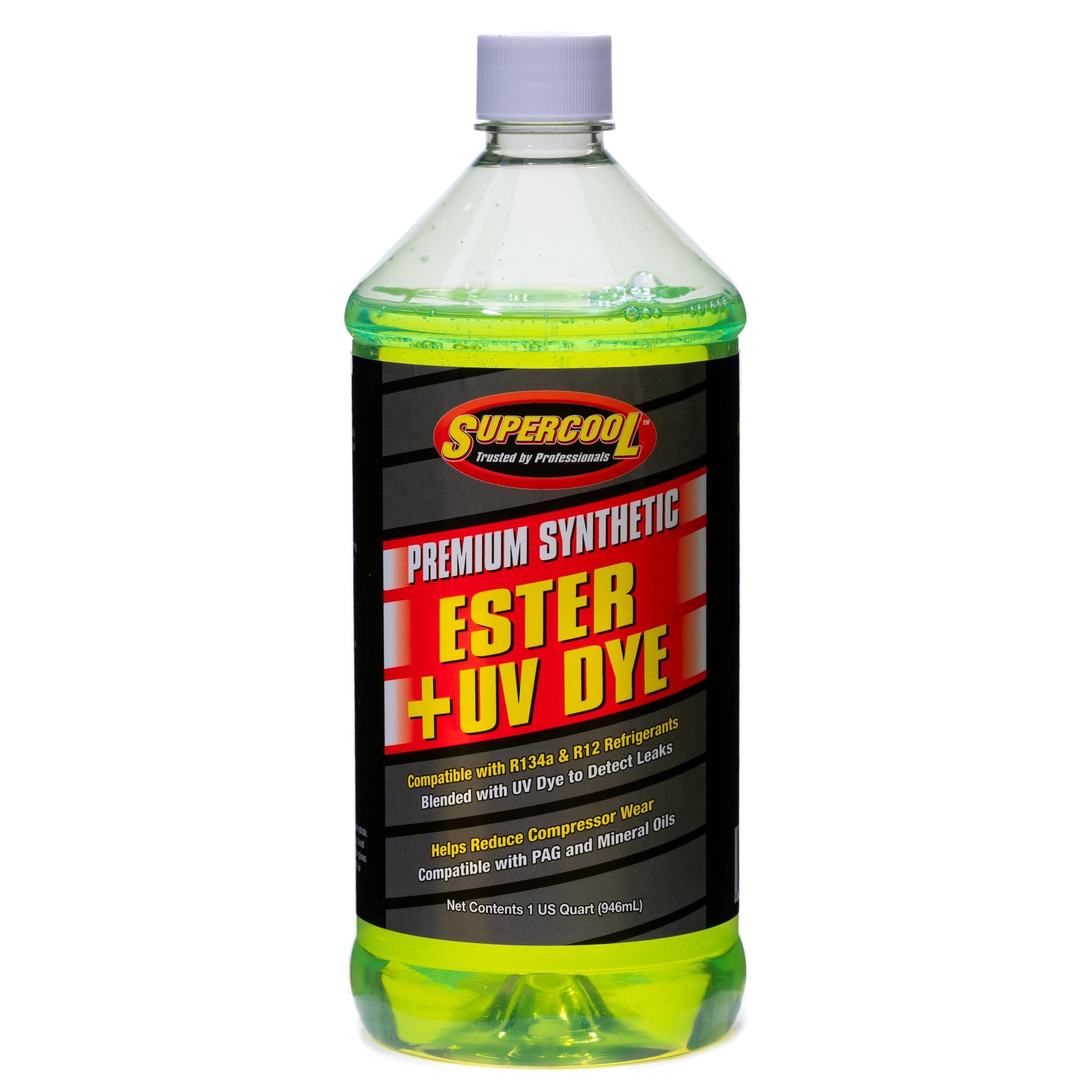Ive got a 2006 Hyundai Santa Fe with a/c leak. I’m in Europe where propane based replacement gas is diy legal for r134a systems. The little cans say they are completely compatible with r134a. I don’t think the gas is exactly the same as r290 but similar. I have read that r290 needs POE oil wheras PAG oil is used with r134a. The two oils can’t be mixed.
If I replace my compressor and refill gas only with this replacement product, can I use PAG in the compressor? Or must I use POE? (But I cant find POE anywhere in the EU)
thanks in advance
Ps please no comment on safety, I’ve done my research.
If I replace my compressor and refill gas only with this replacement product, can I use PAG in the compressor? Or must I use POE? (But I cant find POE anywhere in the EU)
thanks in advance
Ps please no comment on safety, I’ve done my research.


